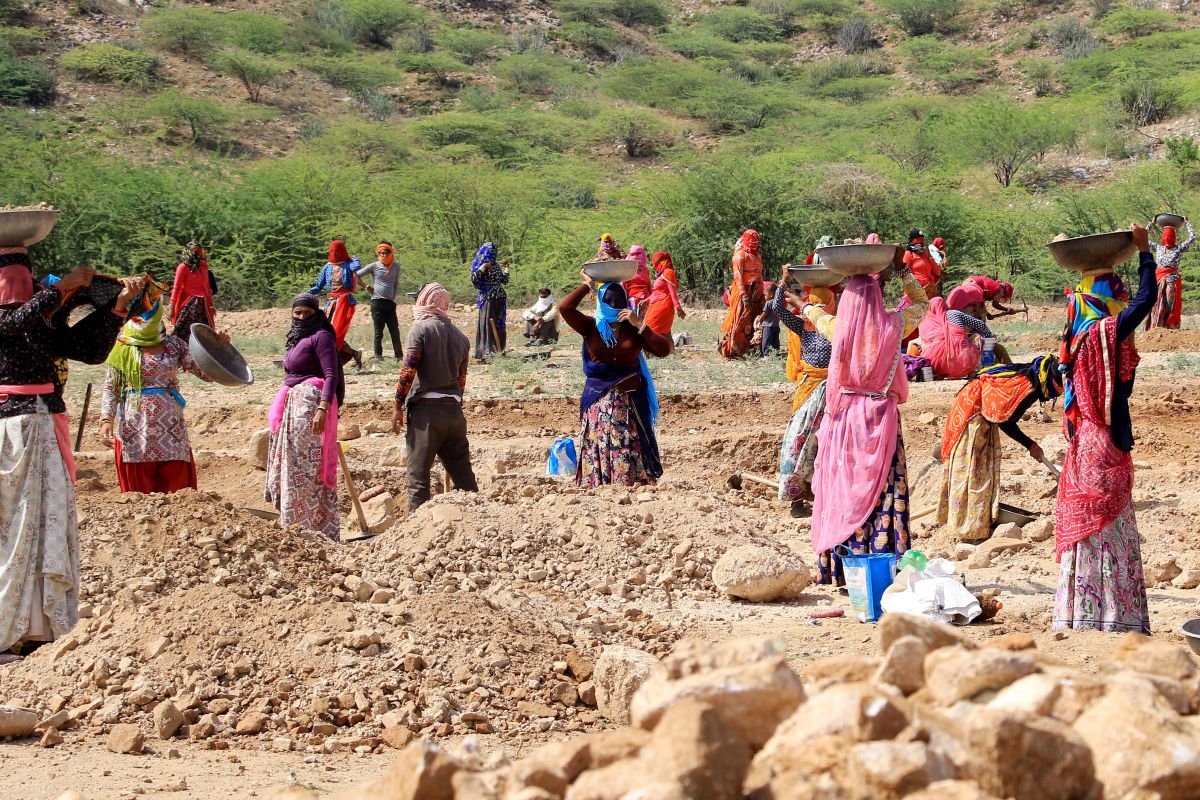The Reserve Bank of India’s (RBI’s) State of the Economy report for October acknowledged a slowdown in some high-frequency indicators but expressed confidence in a recovery, aided by consumption demand during the festival season.

“In India, aggregate demand is poised to shrug off the temporary slowdown in momentum in the second quarter of 2024-25 as festival demand picks up pace and consumer confidence improves,” said the report released on Monday.
According to the report, India’s growth outlook is supported by robust domestic drivers despite geopolitical tensions.
The RBI report said: “Some high-frequency indicators have, however, shown a slackening of momentum in Q2FY25, partly attributable to idiosyncratic factors like unusually heavy rains in August and September, and Pitru Paksha.”
The report said rural demand was expected to receive a boost from an improved agricultural outlook.
The slack in goods & services tax collections, auto sales, bank credit growth, merchandise exports, and the manufacturing Purchasing Managers’ Index (PMI) was highlighted in the report.
Earlier this month, the RBI’s six-member monetary policy committee kept the policy rate unchanged while shifting the policy stance to neutral.
While the committee cited several upside risks to inflation, it remained silent on the growth slowdown, which surprised many economists.
Views expressed in the report are those of the authors and do not represent the views of the RBI, it was clarified.
The report pointed out other high-frequency indicators showing steady growth.
“Consumption spending is shaping up for a festival season revival, especially in small towns and lower-tier cities… Private investment is showing some encouraging lead indicators, although the slack continues,” it said.
The report expects consumer spending to be about 25 per cent higher during Dussehra-Diwali this year compared to last year.
“This is expected to be driven by offline retail, followed by the online channel.”
Emphasising the need for private sector investment, the report said the stage was set for the private sector to deploy capital, invest in growth, build capacities, create employment, and improve efficiencies.
“There is a view gaining ground that the time for private investment is now; delay risks a loss of competitiveness,” it said.
The report also said corporate India needs to reinvest its profits to digitise the production value chain, with the goal of designing, building, and selling innovative products and services that cater to the increasingly diverse Indian consumer.
On inflation, the report said the surge in food prices led to CPI inflation reaching 5.5 per cent in September.
However, it is expected that food price pressures, particularly in vegetables, could be transitory due to robust kharif harvest arrivals.
“The typical easing of food prices in winter, aided by improving prospects for rabi crops, should lead to a recalibration of headline inflation, aligning it with the target by Q4FY25,” the report said.
The report also highlighted a slowdown in credit card transactions as lenders adopt caution in response to risks flagged in unsecured loans.
Additionally, it observed that the emerging stress in the microfinance sector appears to be driven by lenders’ eagerness to disburse loans rather than borrowers’ demand.
“Credit bureau data indicate that retail credit growth has moderated as lenders have tightened the supply of personal loans,” it said.
Deposit rates are expected to remain elevated, the report added, even if there is some slowdown in credit demand.
Latest data show that the gap between credit and deposit growth has narrowed, with loans growing at 12.8 per cent year-on-year and deposits at 11.8 per cent year-on-year.